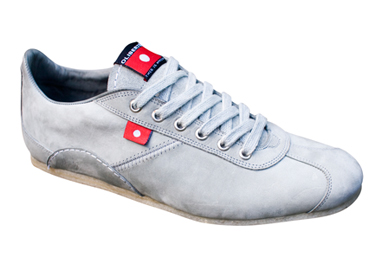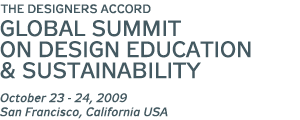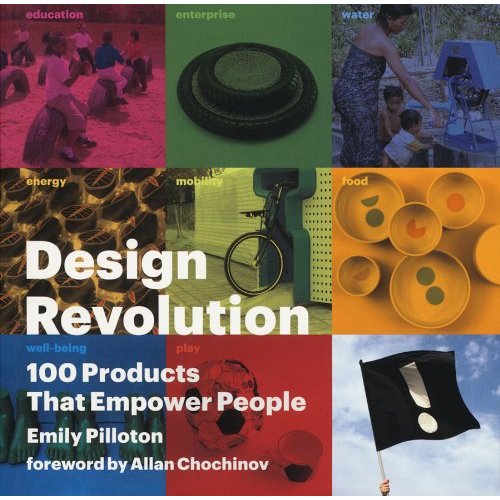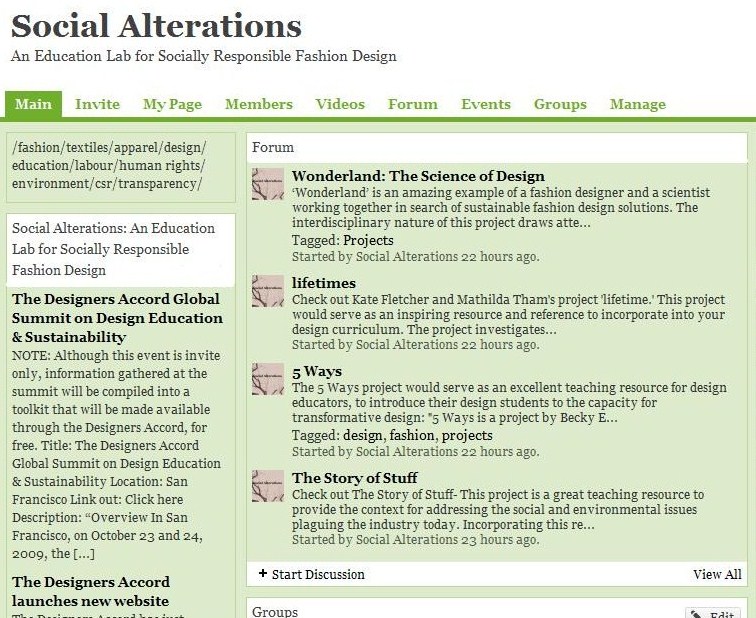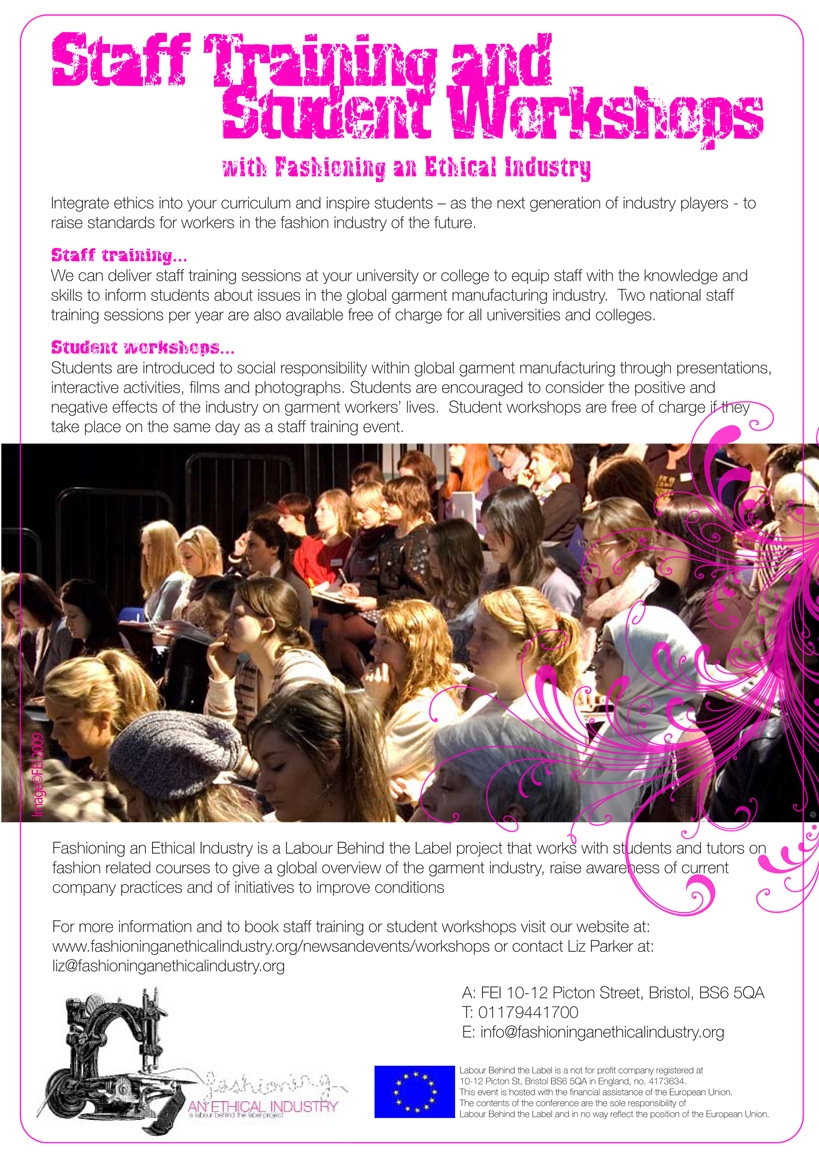Thanks to Ethical Style for letting us know about Canadian designer Tal Dehtiar’s new shoe line, Oliberté. Oliberté claims to be the first footwear company to make urban shoes exclusively in Africa – based on Fairtrade principles. The shoes are made from locally sourced materials (leather and rubber) in West Africa (starting in January). Speaking on the issue of poverty in the continent, Dehtiar argues that “the only real way to alleviate poverty on this beautiful continent is to build a middle class that includes fair paying jobs.”
It will be interesting to see how this line develops. As of yet, there are no real details on the Fairtrade and/or environmental nature of its supply chain (i.e. wages or factory conditions- tanning leather is often associated with pretty nasty chemicals, as well as the harsh glues that may be used in assembly, etc.), as the company is not yet certified Fairtrade. I expect that more information on production will be made available on the website soon: Treehugger has reported that “[t]he company is working in partnership with factories to improve their environmental footprint. As they say: ‘we still have a long way to go, but we will continue to do all we can improve our materials, our production and our shoes.’ Oliberte will be supporting local training in the communities where they work.” Treehugger also reports that Oliberté is “consulting with the tanneries to meet environmental standards.” Thus, stay tuned for updates from this Canadian company.
One urban footwear company that has seemingly managed to maintain it’s foothold in Fairtrade manufacturing is Veja.
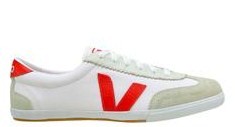
If you aren’t already familiar with Veja, be sure to check them out straight away. Asking the question “Is another world possible?” Veja uses and supports wild latex production in the Amazonia to fight against deforestation:
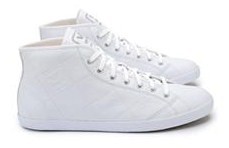 Veja soles are made of natural latex coming straight from the Amazon Forest in the Chico Mendes reserve. The Amazon is the only place on earth where wild rubber trees are to be found […] Their activity, which does not require putting down any tree, is a great way to preserve the world’s largest forest. Natural rubber is renewable and biodegradable, as opposed to synthetic rubber or plastic, which is produced by using fossil and non-renewable materials.
Veja soles are made of natural latex coming straight from the Amazon Forest in the Chico Mendes reserve. The Amazon is the only place on earth where wild rubber trees are to be found […] Their activity, which does not require putting down any tree, is a great way to preserve the world’s largest forest. Natural rubber is renewable and biodegradable, as opposed to synthetic rubber or plastic, which is produced by using fossil and non-renewable materials.
Veja also uses organic cotton, supports family agriculture and local cooperatives and uses ecological leather rather than chrome tanned leather (Veja has defined ecological leather as “chrome-free leather tanned with organic compounds only”). For more up-to date information on the happenings over at Veja, be sure to follow their blog.
Sidebar: Veja has just launched its first line of ethical bags, four years after introducing its trainers.
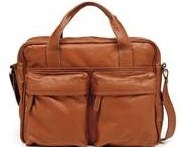
About these bags: organic cotton and leather tanned without chromium.
Source: Ethical Style, Treehugger, Oliberté, The Globe and Mail, PR Web and Veja
